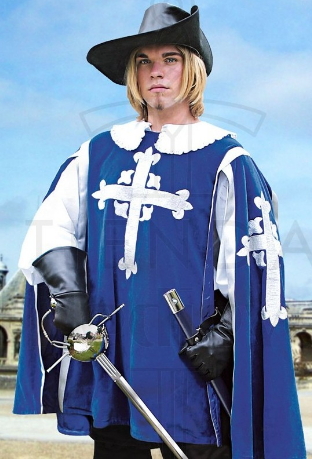What is a Tabard?
The tabard is a piece of clothing with deep historical roots that has endured from the Middle Ages to the present day. Originally, it was a heraldic robe, primarily used by heralds and kings-at-arms, who played important roles in the court. Its design is characterized by being a long and loose garment, covering the body from the shoulders to the knees, making it a comfortable and functional choice.
Traditionally made with heavy fabrics like wool, the tabard can also be made of velvet or other luxurious materials. What truly distinguishes it are the adornments, which include coats of arms, insignias, and heraldic shields. These emblems are not merely decorative; they serve to identify the social position, authority, and affiliation of the person wearing it. The rich symbolism contained in each tabard reflects the history and lineage of those who wear it.

Over the centuries, the tabard has found its place in a wide variety of contexts, ranging from noble attire to its use in religious orders. In official ceremonies, the tabard continues to be a symbol of status, as well as in certain medieval sporting events, such as jousts. Its presence in historical events highlights its value not only as a garment but as a cultural emblem of past eras.
Today, the tabard remains relevant, as certain institutions, such as the mace-bearers of the Courts, use it to manifest their authority and function. Although it is not commonly seen in daily life, its legacy endures, becoming a symbol of prestige and distinction in formal contexts.
In conclusion, the tabard is not just a piece of clothing; it is a reflection of history, art, and culture, that continues to be appreciated in ceremonies and emblematic events. Its relevance today demonstrates that, despite advancements in fashion, the tabard maintains its iconic status as a symbol of authority and tradition.

















